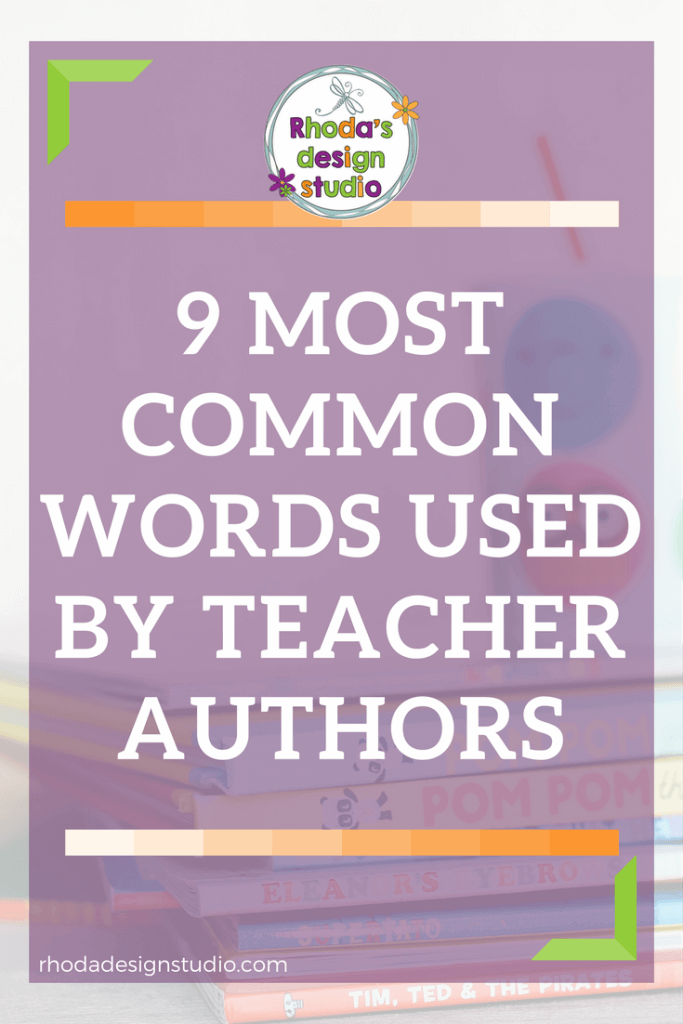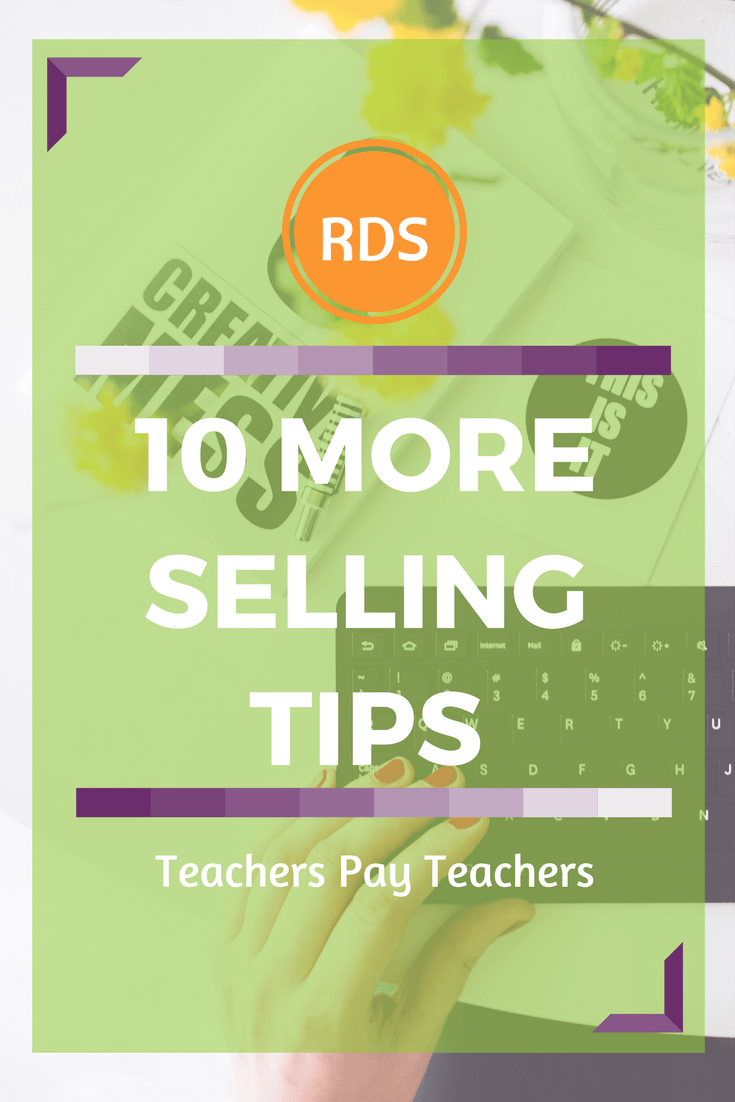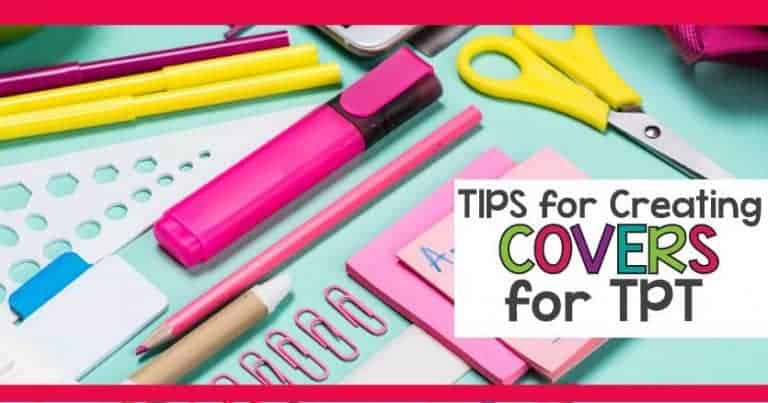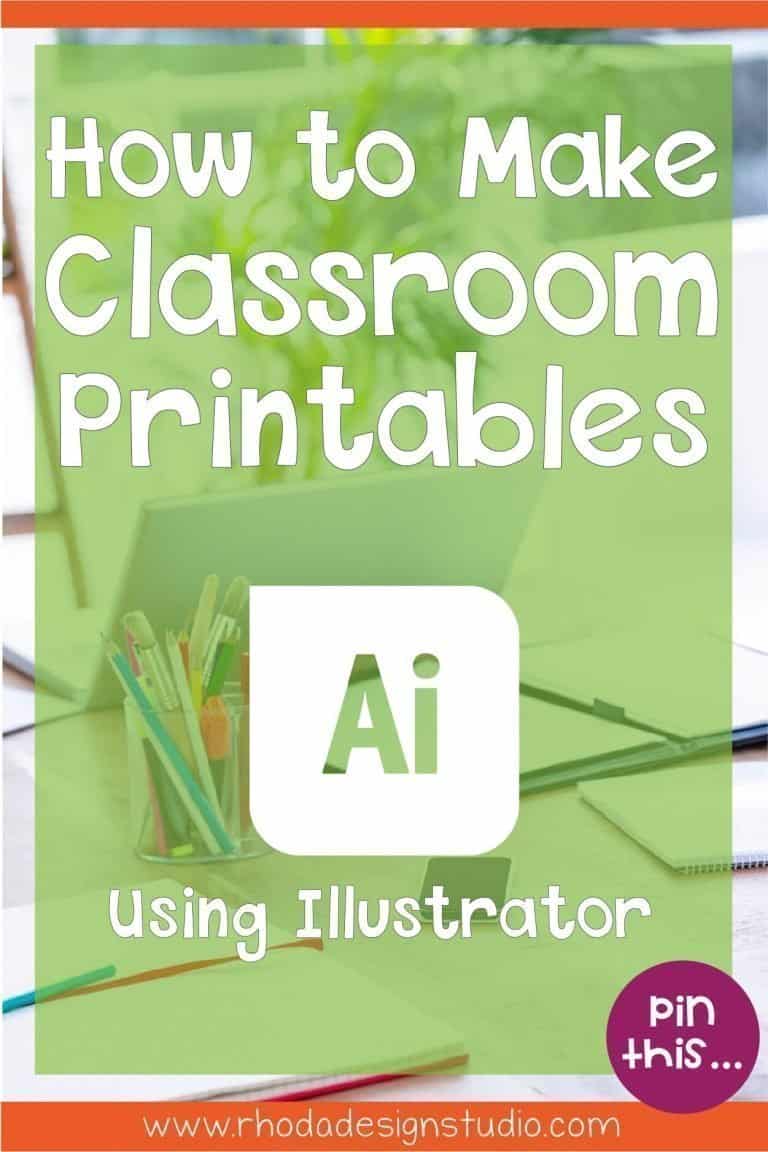What is SEO and How Do You Optimize it for TPT
You will hear the term used frequently, but what is SEO and why should you be concerned with it? SEO stands for Search Engine Optimization. It’s the words and phrases that search engines use to categorize your content and then show it to people who are searching online.
Content could be anything from product listings on Teachers Pay Teachers, blog posts, forum posts, or descriptions on your Pinterest pins.
That’s great. Makes sense.
But how do you optimize your content for searches on TPT? You are no longer asking “what is SEO?”. Now you are asking, “How do I use SEO?”.

Key Points to Understanding SEO
SEO isn’t really a big mystery. It sounds really scary and daunting. Like it’s the secret ingredient in your “secret ingredient soup”.
Really, it’s very simple. We make it way harder than it needs to be.
Pick a term that you are going to search for. Let’s use “STEM Activities” as our example. You’ve just created a great lesson that can be used as a STEM activity. Now you are ready to type up your title, description, etc.
How do you get people to find your activity out of the thousands of others that are listed? Start by being relevant. Don’t label it a literacy lesson if it’s actually a science and technology lesson. This is misleading and will frustrate your potential customers.
I usually start from the top down on my listings. Ask yourself these key questions:
- Q. What did I make? A. STEM activity
- Q. What is the general theme of the lesson or activity? A. states of matter
- Q. What is unique about my product A. It has task cards to use as a center and worksheets for review.
My main keyword is STEM Activity. I will use that word in my title, but I will also include some of the other key points that I just figured out about my product.
The title might end up being something like this:
States of Matter STEM Activity Includes Worksheets.
Now potential buyers know exactly what I am offering and if they only searched STEM Activity they would still find my product. They might also find it if they searched STEM Worksheets. The title is clear and doesn’t have any unnecessary or untrue information.
The next thing I work on is the “snippet” or the first few lines of my description. I want to use that same keyword again. At least one time, maybe twice.
The description for my STEM product would be something like the following:
This STEM activity uses task cards for student centers and also includes worksheets to help check for understanding after the lesson. Teaching the States of Matter using this STEM activity will get students involved in activities that will help with their understanding of this physical science concept.
Notice that I didn’t repeat the phrase STEM Activity in an unnatural way. I used it in the first sentence and I was able to use it the in the 2nd but it wasn’t awkward. If I had repeated it one more time…that would have been harder to read, it wouldn’t be the natural way I would speak about the product, and it would be considered “keyword stuffing”.
Don’t Practice Bad Habits
Keyword stuffing is when you add the word into your description or post too many times. You are shoving that word in every sentence and it doesn’t read well. It isn’t natural. If you wouldn’t speak that way, then don’t write that way.
The term is also used when you are talking about a topic but you throw in other topics to see if you can get the product or post to show up when someone searches it because it’s more popular than what you are writing about.
You’ve probably come across this. After searching for a key term on Google you start looking through results and not all of them are relevant or pertinent to what you have searched for. Most likely, the term you are searching for is stuffed somewhere in the text.
Search engines are smart. They are getting smarter. You might get away with trying to trick the system for a little while…but it won’t last long. When you get dinged for it later, it will hurt your rankings, sales, and more. Don’t do it.
Description or Blog Length
If you are writing a description for a product, you want to make it at least 3 paragraphs. Give as many details as you can. Use the keyword or phrase in a natural way and paint a visual image of what your product is.
Yes! They can see the images and the preview. You are writing these words for your customers and for the search engines. They need to know how to categorize your product, pin or post so they can show it in relevant searches.
Give them as much information as you can!
Blogs, Pins, and Products…Oh My!
This same format works when you are writing a blog post, a product description, or a Pinterest description. You need your keyword to be the same set of words or phrase and it needs to be in found in the following sections:
- Title
- Snippet (first 3-4 lines of your description)/Meta Description
- Description/Blog Post/Pin description
- At least 1 heading or key points
- if it is a blog post you should also be using it in your URL
Picking Keywords to Use
This is the tricky part. You might not always know what keyword or term to use. In your head, it might make sense to call them STEM activities. What if someone searches for STEM lessons? They are essentially the same thing, but to a search engine, they are two different things.
Knowing your audience helps with this one. If you have an idea what they might search or what you would search to find that resource, then use that phrase.
Using the two terms interchangeably in your description or post would work too. Then you cover two keywords at once. If it’s just two, that isn’t keyword stuffing. Don’t use more than two. If you have the basic concept described well and you have used it naturally, your customers will find you.
The key to using a search term and using it well is to make sure it’s something that others would search if they were looking for that resource or information.
There are keyword research tools that help with this if you are writing blog posts. They aren’t as reliable for key terms that are used on Teachers Pay Teachers.
Terms that are searched frequently on the TPT site aren’t necessarily what the rest of the world is searching on the internet.
Take this into consideration if you use a search tool to help you pick keywords. Or use your better judgment and think of how you would talk to your teacher bestie about a product. Most likely those are the same terms and topics that other teachers are using when they search.
Now You Know, What is SEO?
The term SEO can seem intimidating. It really isn’t that big and scary. Take your time when writing out titles and descriptions. Think about what others would type in the search bar to find your product or post. This is your keyword and you want to spread it out through your listing or post in a natural way.
Simple as that.
Like this post? Want to share it with a friend? Pin it to save for later or share with others!







